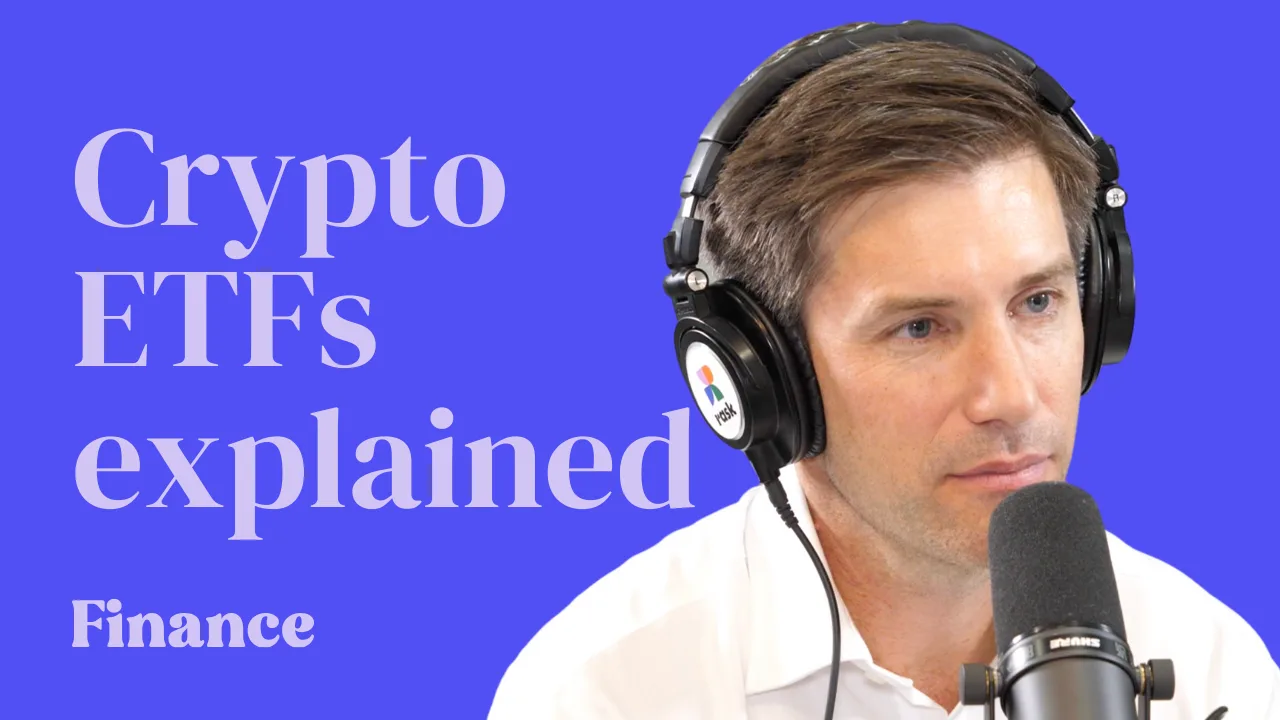Share markets have moved with such speed and velocity in both directions since the beginning of the coronavirus outbreak. As a result, it has been difficult for investors to adjust with so much information and misinformation being circulated.
So far in 2020, the Australian share market, as measured by the S&P/ASX All Ordinaries Index (ASX: XAO), has been setting 30-year records:
- In the month of March, the All Ords fell 20.9%, the market’s biggest fall since October 1987’s 42.1% crash;
- The Australian market immediately rebounded in April returning 9.5%, which was the All Ords’ biggest monthly gain since its 13.6% increase in April 1988; and
- Then in November, the All Ords returned 10.2%, overtaking April’s monthly gain to become the ASX’s best month since 1988.
Investors who stayed the course have been well served. The lesson to be learned from 2020 then for investors is: Stay the course.
It is imperative that investors look beyond the positive and negative commentary and concentrate on long-term goals. Many adjectives and considerable emotive language has been used in 2020 to describe the outbreak, the vaccine and their impact. All of these have the potential to impact our investments, the key is assessing impact on long term outcomes.
In markets, investors are often making decisions based on small samples, unknown outcomes and exaggerated pessimism and optimism. Investors have to be able to assess risks and understand the data, without emotion or haste.
We thought then it would be worthwhile revisiting, as we enter the summer break, how humans make decisions when confronted with uncertainty. These lessons are as important following a positive month as they are following a month of negative returns.
Nobel prize-winning Daniel Kahneman and his colleague, Amos Tversky, have shown that people make poor decisions when faced with uncertainty. Their research highlighted three decision-making processes that people use to assess probabilities or make estimations:
- Representativeness;
- Availability; and
- Adjustment and anchoring.
A better understanding of these processes, that all humans often quickly go through, could improve judgments and decisions in situations of uncertainty, especially if we aware of our inherent biases.
Representativeness
One example Kahneman and Tversky use to explain a judgement that uses representativeness asks us to consider Steve. Steve is described as a shy, withdrawn person with little interest in people. Steve needs order and structure. He is described as a meek and tidy soul. Now we have to assign Steve an occupation from a list of probabilities (for example, farmer, salesman, pilot, librarian, doctor).
Representativeness is the process that we use to assess Steve. We assess what we are told about Steve against the degree to which he is representative of the stereotype of the occupations in the list and many people would conclude that Steve is a librarian. This approach can lead to serious errors because representativeness does not consider several factors that should affect judgements of probability. These errors include insensitivity to probability and sample size.
Insensitivity to probability
There are more farmers in the world than librarians, yet when we contemplate what occupation Steve has, we do not consider this information. It is actually much more likely that Steve is a farmer because there are so many of them. Even when researchers’ experiments include relevant population statistics, the relevant probabilities were ignored when descriptions, even irrelevant ones, were given.
Insensitivity to sample size
People assign their knowledge or ‘averages’ to represent samples without regard to the size of the sample. This can lead to errors. For example, after being told the average height of a man is 5’9”, when people are then asked to assign the probability that a random sample of men would be higher than 6’ for different sample sizes, time and time again people suggest the probability is the same for a sample of 10,000, 100 or 10. This is flawed because only as a sample gets larger is it more likely to be closer to the 5’9”, smaller samples are more likely to stray from the mean.
Think about the monthly returns of the All Ords. If you consider March and April of 2020, the average return was -5.2%. This small sample of two strays considerably from the average monthly return of the All Ords since its 1979 inception which is 1.0%. The average monthly returns of the last 10 months is 0.1%, still deviating from the long term mean. When the sample size increases to 100, the average return is 0.9%, closer to the long term average. Larger samples are more likely to be closer to the mean.
Representativeness causes humans to be unreliable estimating probabilities in smaller samples. People need to be aware of this.
Availability
Availability is the decision-making process of assigning the likelihood of an outcome by the ease with which instances can be remembered.
According to Kahneman and Tversky, “For example, one may assess the risk of heart attack among middle-aged people by recalling such occurrences among one’s acquaintances.” This leads to biases, often overestimating the likelihood of occurrence.
Recent occurrences too are likely to be more readily remembered and as a result, will increase the estimation of occurrence. Furthermore, the impact of an experience will impact decisions. For example, the impact of seeing (or even hearing about) a shark attack will have an impact on your assessment of the probability of a shark attack.
Adjustment and anchoring
The experiment that highlights anchoring and adjustment involves two groups of students. One group is asked to estimate the answer for:
1 x 2 x 3 x 4 x 5 x 6 x 7 x 8
The other estimates the answer for:
8 x 7 x 6 x 5 x 4 x 3 x 2 x 1
Kahneman and Tversky hypothesised that adjustments we make quickly when estimating are typically too low, so the resulting guess will be lower than the real answer. Furthermore, because the result of calculating an estimate is based on a starting point, which is established in the first few steps of making an estimate, estimates will be higher in the descending sequence than the ascending sequence. This is because the descending sequence, anchored by a higher starting point, should give a higher ‘estimate’.
The results of Kahneman and Tversky’s experiment confirmed both predictions. “The median estimate for the ascending sequence was 512, while the median estimate for the descending sequence was 2,250. The correct answer is 40,320.”
Psychologists have found that because of anchoring we are also bad at estimating probabilities of:
- Conjunctive events – for example, drawing a red marble seven times in a row, with replacement, from a bag containing 90% red marbles and 10% white marbles; and
- Disjunctive events – for example, drawing a red marble at least once in seven successive tries, with replacement, from a bag containing 10% red marbles and 90% white marbles.
We tend to overestimate the probability of conjunctive events and underestimate the probability of disjunctive events. This is because our estimation is ‘anchored’ in the simple probability of success at any one stage and our adjustments are insufficient.
The lesson from 2020
Kahneman and Tversky proved we are poor decision-makers when faced with uncertainty. In markets, uncertainty is the only constant. Successful long-term investors survive short-term volatility by sticking to investment principles that have withstood the tests of time.
For portfolios, this may include better diversification. For shares, investing in profitable companies with strong balance sheets and stable earnings has historically given resilience to portfolios.
But it’s important to stay the course. 2020 has been a case study in the rationale for looking beyond the positive and negative commentary and concentrating on long-term goals.
This report was written by Russel Chesler, Head of Investments & Capital Markets at VanEck Australia. To get in contact with Russel, click here to visit the VanEck website.









